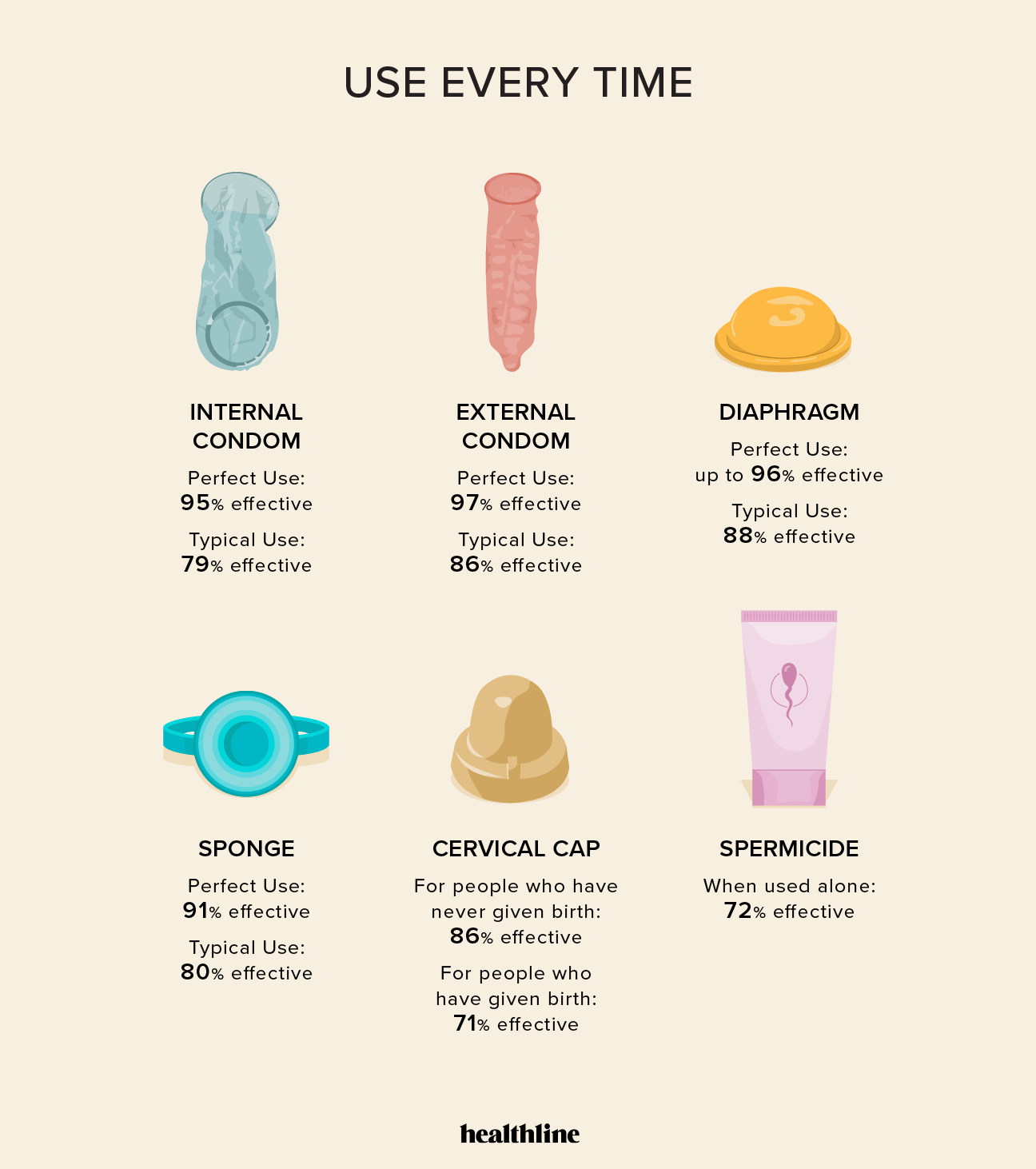
The effects go away quickly when you stop it.It slightly reduces the chance of some cancers - cancers of the ovary and womb (uterus).It helps to ease painful and heavy periods.The pill contains two female hormones called oestrogen and progestogen. The difference is due to how well the woman uses the pill. The combined oral contraceptive (COC) pill is often what is meant when people say they are "on the pill" Between 3 and 90 women in 1,000 using the pill will become pregnant each year. The pros and cons of each method are briefly summarised below and then linked to more information about each specific type. These rely on only having sex when you are not likely to be fertile (or using barrier methods during the fertile times). This is a permanent method and either the male or female partner can be sterilised. For example, injections, implants, intrauterine contraceptive devices (IUCDs - also known as coils) or other intrauterine systems (IUS). Long-acting reversible contraceptives.
#Birth control options Patch
These are short-acting methods which use hormones taken as a pill, patch or ring. For example, condoms, female condoms, caps and diaphragms.

These are called "user-dependent methods". The effectiveness of some methods depends on how you use them.

When no contraception is used, around 85 in 100 sexually active women become pregnant within one year. For the example of injections, between 3 and 60 women out of every 1,000 using this method will fall pregnant. It is hard to understand the concept of less than one woman, so in this case the number is given out of 1,000 women instead of 100. This means less than 1 woman in 100 will become pregnant each year using this method of contraception. In other words it is effective for more than 99 women in 100. For example, the contraceptive injection is more than 99% effective.


 0 kommentar(er)
0 kommentar(er)
